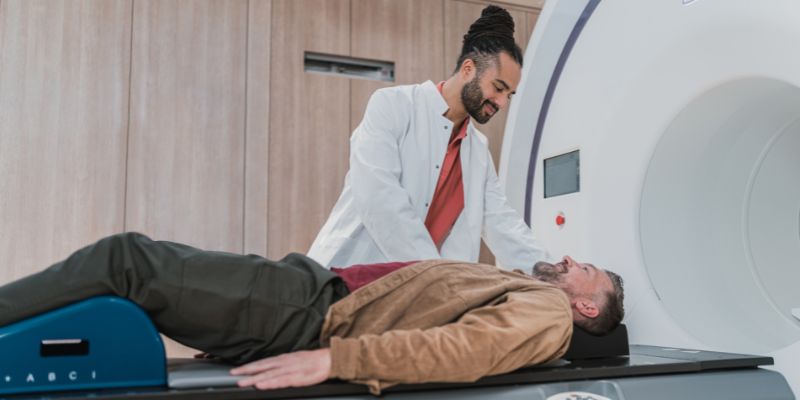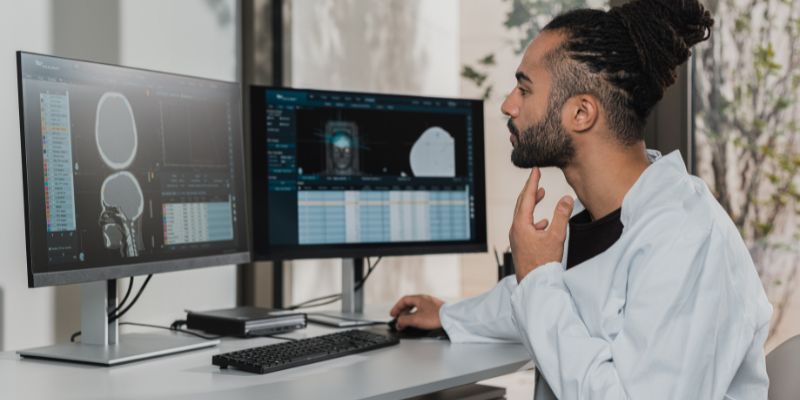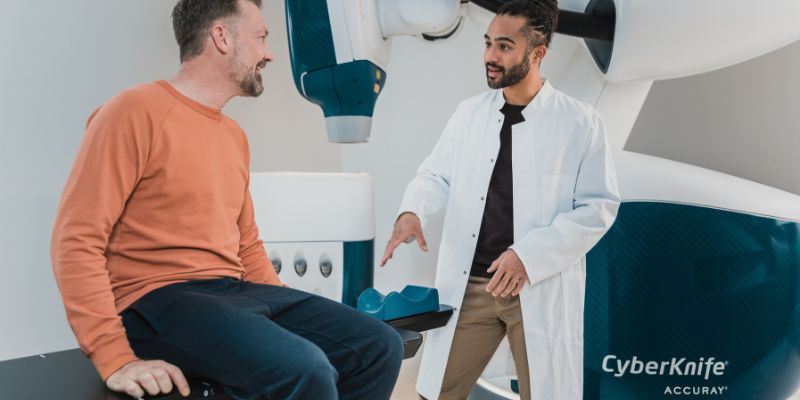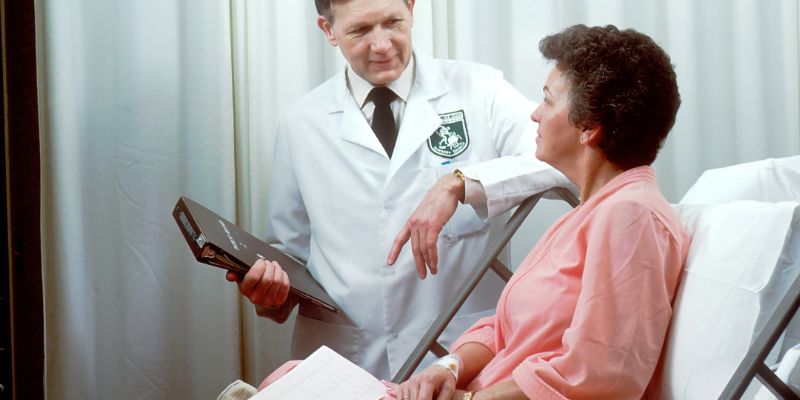It is a neurodegenerative condition that affects elderly people the most. Unmanageable tremors and heightened muscle rigidity are but a few of the many symptoms often experienced by individuals in the latter stages of the condition. There exists the potential for significant variation in the degree and manifestation of these symptoms among individuals. This article will highlight the signs and symptoms of
Recognizing the Signs of Parkinson's Disease
Non-motor symptoms might include cognitive and emotional abnormalities, in contrast to the motor symptoms that impact physical movement, such as tremors and stiffness. These symptoms may vary widely in onset, severity, and course amongst people. Some people may feel a little trembling, while others may endure severe mental and bodily shifts. Detection and diagnosis at an early stage are crucial for efficient treatment of symptoms. Patients may improve their quality of life and reduce the intensity of their symptoms by quickly obtaining medical attention.
Parkinson's Motor Symptoms

The motor symptoms that are typical of Parkinson's disease may be attributed directly to the depletion of dopamine-producing neurons in the brain.
1. Tremors
These are the most common symptoms. When they first appear, they could be mistaken for a "resting tremor" in one hand. The tremor, in this case, is most noticeable while the hand is at rest and lessens with intentional movement.
2. Muscle Rigidity
The presence of muscular rigidity or stiffness is an often seen indication. Characterized by discomfort and restricted mobility, this condition has the potential to manifest in several regions of the human body. The presence of a "masked face" might arise as a consequence of the rigidity that hinders the natural expression of emotions.
3. Bradykinesia
The term bradykinesia is used to describe a decrease in movement speed. Individuals diagnosed with Parkinson's disease may have challenges initiating activities or becoming immobilized throughout the course of a movement. Engaging in basic activities such as fastening a shirt or ambulating may provide challenges while experiencing this particular symptom.
4. Postural Instability
It causes problems with one's posture as well as their equilibrium. The kyphotic posture and poor motor coordination are two possible outcomes that might result from the prospective consequence.
Parkinson's Non-Motor Symptoms
In addition to the manifestation of motor symptoms, Parkinson's disease has been seen to give rise to a diverse array of non-motor complications. While their impact may not be immediately apparent, these factors may significantly influence an individual's overall well-being.
1. Cognitive Changes
Parkinson's disease has the potential to induce progressive cognitive deterioration. This spectrum encompasses a range of cognitive impairments, spanning from minor lapses in remembering to more severe conditions such as dementia. Planning ahead, shifting concentration, and multitasking may often provide challenges.
2. Mood Disorders
The occurrence of mood disorders may be impacted, to some extent, by both the physiological changes that might occur in the brain and the stress that is involved with the management of a chronic disease.
3. Sensory Symptoms
There is some evidence to show that those who have been diagnosed with Parkinson's disease may have a reduction in the function of their sense of smell. It's possible that you're also experiencing other unpleasant sensations, such tingling or numbness, in addition to the pain you're already experiencing.
The Management of Motor Symptoms
1. Massage Therapy
Physical therapy is often recommended as a treatment modality for individuals with motor impairments. Regular attendance of physical therapy sessions may lead to improvements in patients' range of motion, muscular strength, and coordination. Proficient therapists who possess expertise in the complexities involved with Parkinson's disease may develop personalized exercise regimens tailored to specifically target the motor deficits encountered by particular patients. These therapeutic exercises have the potential to enhance individuals' autonomy by progressively mitigating motor symptoms.
2. Pharmaceutical Substances
The use of pharmacological agents plays a crucial role in the management of symptoms The efficacy of levodopa lies in its ability to reinstate the equilibrium of dopamine, a neurotransmitter that is depleted in those afflicted with Parkinson's disease. The replenishment of this crucial component has the potential to significantly alleviate many motor symptoms, notably tremors and stiffness. Regular consultation with neurologists is recommended to ensure that medicine dosages are adjusted appropriately in response to the evolving condition of each patient.
Other than the above two, doctors may also use deep brain stimulation. It is a great alternative for therapeutic approach.
Addressing Non-Motor Symptoms

Therapies and Community Resources
Emotional and mental difficulties, such as loneliness, sadness, and worry, are common for those living with this disease. Patients may find a safe space to talk about their feelings and learn new ways to deal with difficult situations in counseling. The emotional terrain of PD may be difficult to traverse, but trained therapists can provide skills and perspectives to assist.
Brain Exercises
Many people with Parkinson's worry about cognitive impairment, which includes both memory loss and a general slowing of thought processes. Thankfully, physical activity has mental health benefits as well. The goal of cognitive training is to improve one's cognitive abilities via mental stimulation in the form of games and exercises. Doing things like reading and doing puzzles may help with things like comprehension and memory.
Medications
There are therapies available in the realm of pharmacology for many of the non-motor symptoms that are associated with PD. It is possible to get relief from mood disorders such as anxiety and depression with the use of medications such as antidepressants and anti-anxiety medicines. In the meanwhile, specialist medications may be able to help individuals who struggle with sleep issues manage their sleep patterns and ensure a peaceful night's sleep.
Conclusion
Having a comprehensive grasp of the diverse array of motor and non-motor symptoms linked to Parkinson's Disease is crucial for the holistic management of patients. Early detection and tailored interventions, ranging from medications to physical therapies, play a pivotal role in enhancing the quality of life for those afflicted. Knowledge empowers patients and caregivers alike, allowing them to navigate the complexities of PD with informed decisions and a hopeful outlook.




